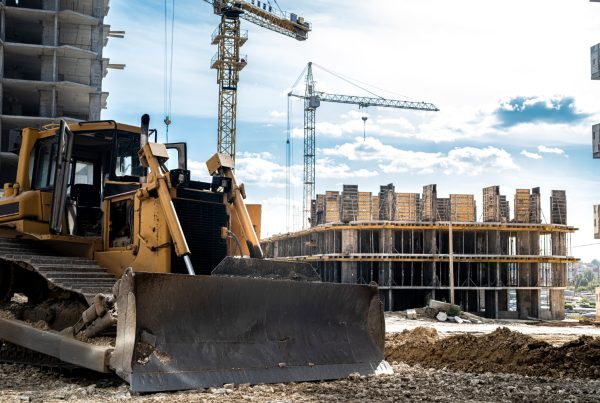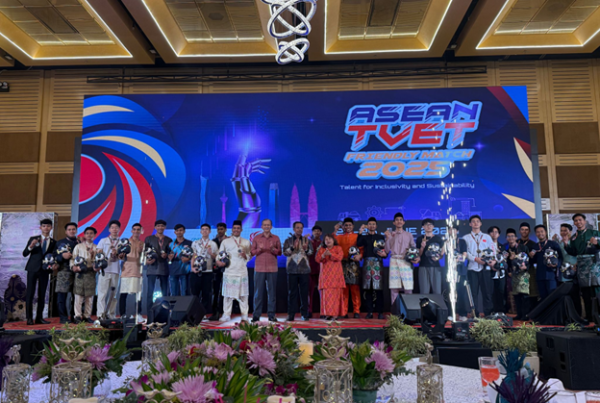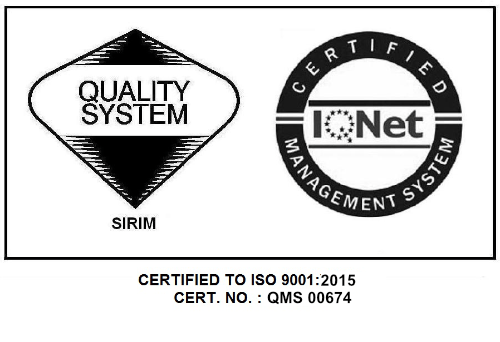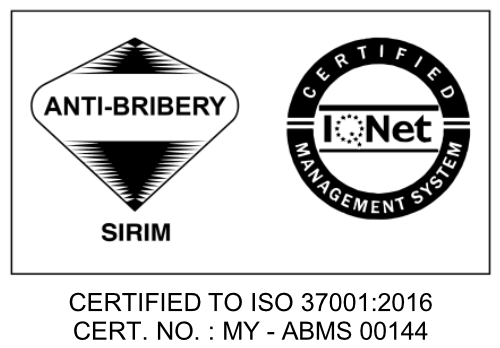
At the ICW Borneo 2025 Sustainable Construction Summit, Professor Patrick Bellew, founder of Atelier Ten, captivated the audience with a presentation that explored how modern architecture can learn from natural systems to achieve truly sustainable outcomes. His talk, “Anthills to Labyrinths,” offered more than a metaphor – it revealed a design philosophy rooted in performance, adaptation and beauty.
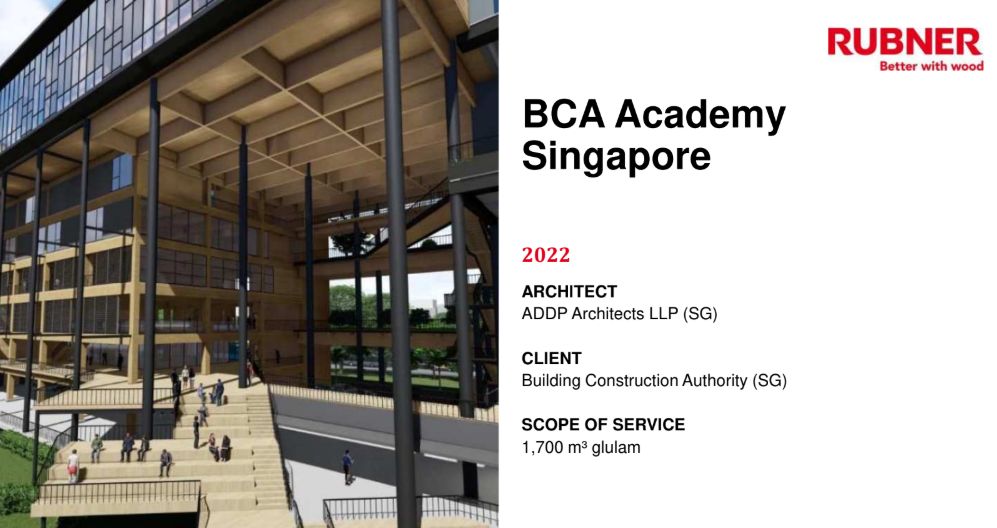
Professor Bellew began by challenging conventional definitions of sustainability, urging industry professionals to go beyond efficiency and towards regeneration. His firm’s projects from Gardens by the Bay in Singapore to Google’s campuses in London and California exemplify this mindset. The focus is on integrating environmental systems from the earliest design stages rather than treating them as add-ons.
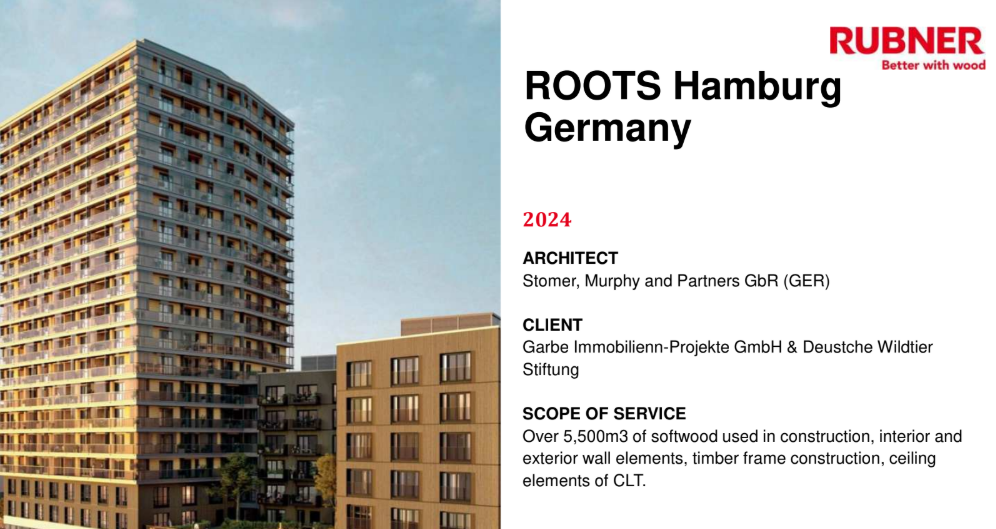
One of the most powerful concepts he introduced was biomimicry – specifically, how termite mounds in nature regulate internal temperatures through a labyrinth of air passages. This passive cooling mechanism inspired the thermal labyrinth system used in the TMB Headquarters in Ankara, Turkey. By pre-cooling incoming air during the day and utilising the building’s thermal mass at night, energy consumption is significantly reduced without compromising comfort.
Such systems are more than mechanical innovations – they are expressions of an architectural ethic that blends form with environmental intelligence. Projects like The Esplanade in Singapore and UNISPHERE in Washington incorporate both passive and active strategies that respond to solar orientation, airflow, and materiality, demonstrating that sustainability can coexist with elegance.
Professor Bellew also highlighted the need for integrated service design, where even small-scale interventions such as using solar PV arrays, minimising ductwork, and optimising air distribution contribute to substantial energy savings over time. The lesson: Efficiency is not about size, but about strategy.
Perhaps most importantly, Bellew reminded the audience that nature is not just an inspiration, it is a collaborator. By aligning building design with ecological systems, we can create spaces that work in harmony with, rather than against, the environment. In Part 2 of this series, we’ll explore how embodied carbon, material choices, and construction methods are evolving in the race toward net zero.
Related article
Part 2: Labyrinths, Materials and the Road to Net Zero Carbon







